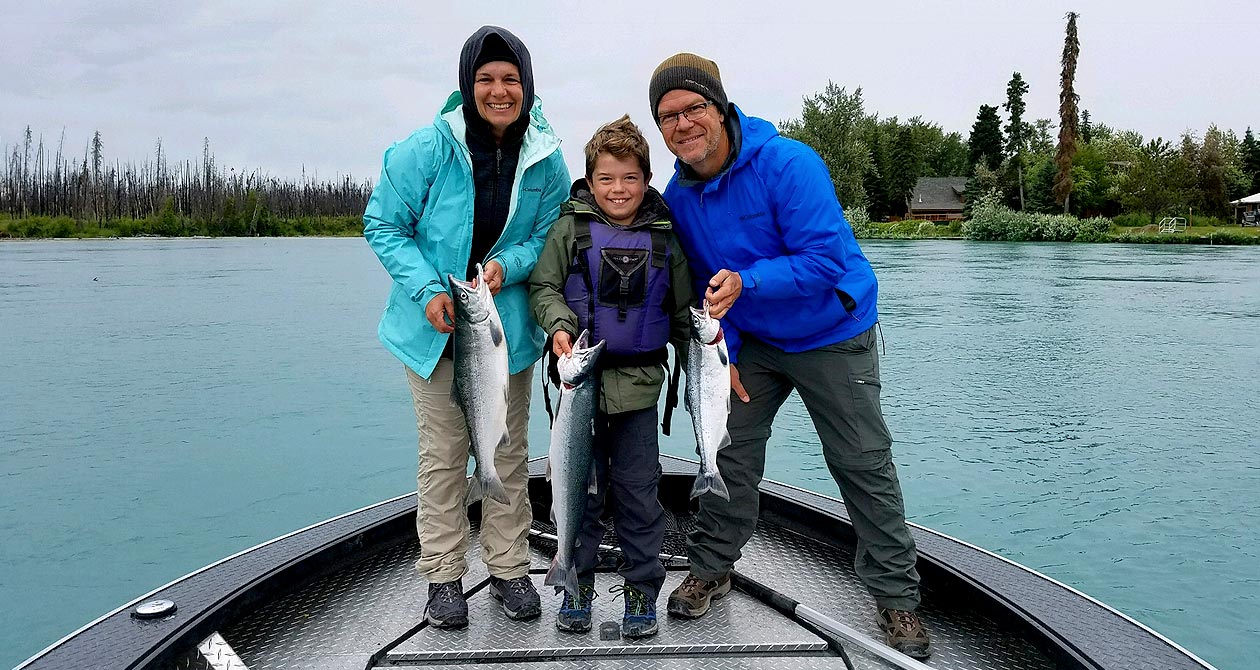
Alaska Red Salmon (Sockeye) Facts

Scientific Name:
Oncorhynchus Nerka, from the Greek words onkos (hook), rynchos (snout), and Nerka, the Russian name for the species.
Also known as:
Sockeye Salmon
Found:
In North America, important spawning populations occur from the Columbia River northward. Stocks originate primarily from tributaries and lakes in Bristol Bay, Alaska and the Fraser River in British Columbia. Two sockeye runs originate in Puget Sound — in Lake Washington and Baker Lake — and two on the Northern Washington coast — in Lake Quinalt and Lake Ozetta. Columbia River runs originate in Lake Wenatchee and Osoyoos Lake.
Appearance:
Red salmon have dark blue-black backs, silvery sides, and white bellies. The average size is 6-9 pounds and are 4-5 years of age. The Red salmons’ flesh is ruby red in color and is the most sought after salmon in Alaska due to its wonderful flavor and color. The Red salmon is second only to the Pink salmon in total run size.
Habitat:
Red salmon rely on stream, lake, and estuarine habitat as well as offshore waters during their lifecycle. They feed on small planktonic (drifting) organisms and a variety of terrestrial and aquatic insects. Eggs are laid in fine gravel and need cool water and good water flow (to supply oxygen) to survive. After emerging from the redd (nest) they move upstream or downstream into a nursery lake or estuary.
Once in lakes, young Reds live for approximately 1 month in the littoral (shoreside) zone before moving out into open lake waters where they reside until they migrate out to sea. Because young Reds spend a significant portion of their lives within lakes or estuaries — places where humans also tend to concentrate their populations — they are particularly susceptible to human-induced changes to water quality and habitat threats.
Did you know?
Red Salmon are unique among the Pacific salmon in that juveniles rear for at least a year or two in lakes before migrating to saltwater.
The record weight sport caught Red salmon was 16 lbs. caught by Chuck Leach in 1974 while fishing on the Kenai River.
One ½ lb. fillet of Red Salmon has 332.6 calories, 42.1 grams of protein, 16.9 grams of fat, 2.9 grams of saturated fat and 93 milligrams of sodium.
Alaska Red Salmon Life Cycle
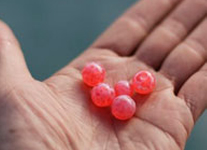
The female Red salmon returns to her original spawning ground and lays her eggs in a gravel nest at the bottom of the river, lake or stream. The male Red salmon then covers them with sperm.
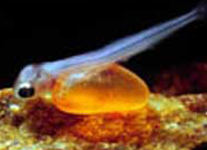
In late winter the fertilized eggs will hatch. At this stage, they are called alevin. They will remain hidden in the gravel nest & feed off the yolk sac from their egg for about one month.
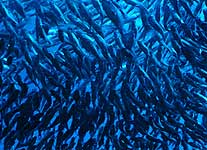
At 4 months old the tiny salmon leave their gravel nest and begin to swim and feed for themselves. At this stage, they are called Fry. It’s also at this time that they start their journey downstream. They will spend up to 2 years as a fry.
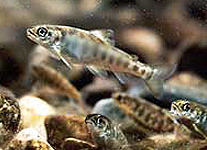
The salmon are in smolt stage when they start to swim to salt water. The smolts will spend some time in the estuary area of the river or stream while they adjust to the salt water. Only a small percentage of the original salmon will reach the ocean.
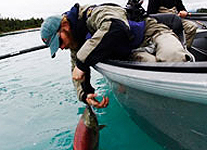
Adult salmon spend 2 to 4 years in the ocean swimming and feeding throughout the Gulf of Alaska and the Bering Sea. Once they reach full maturity, they return to their ‘home stream’ to spawn.

Upon reaching their birth rivers and streams, the adult salmon re-adapt to the fresh water and begin their upstream journey. At this time, they cease to feed and live on the stores of fat within their bodies. Both male and female salmon will die a few weeks after spawning.


